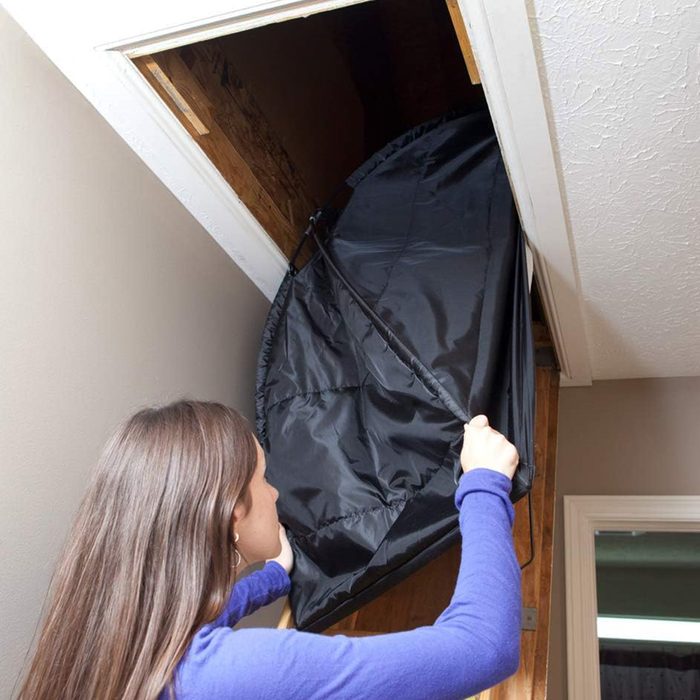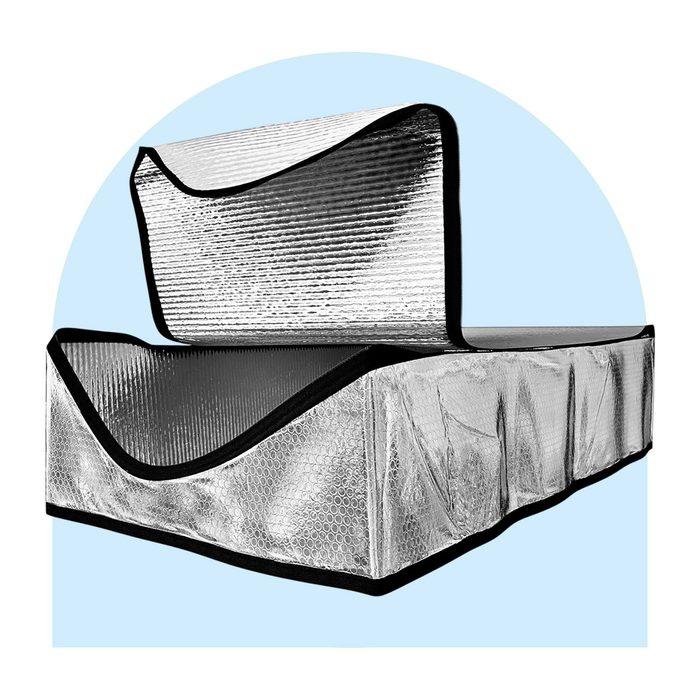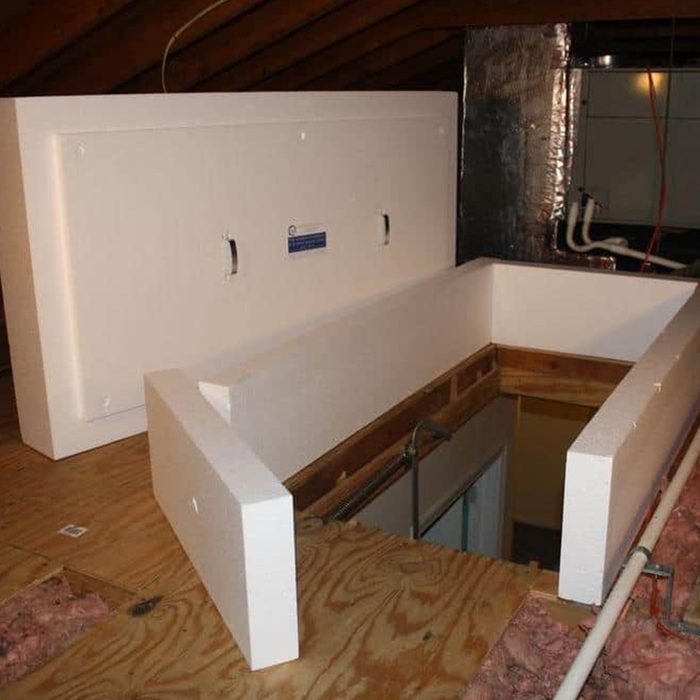You insulate the attic to keep the house warm. But if you don't insulate the door, you'll still be cold. Here are some of the best attic door insulation covers.
Our editors and experts handpick every product we feature. We may earn a commission from your purchases.Learn more.

























